Founded 1992 Trainer Aero L-39 Albatros | Engagements Nagorno-Karabakh War Bomber Sukhoi Su-24 Engagement Nagorno-Karabakh War | |
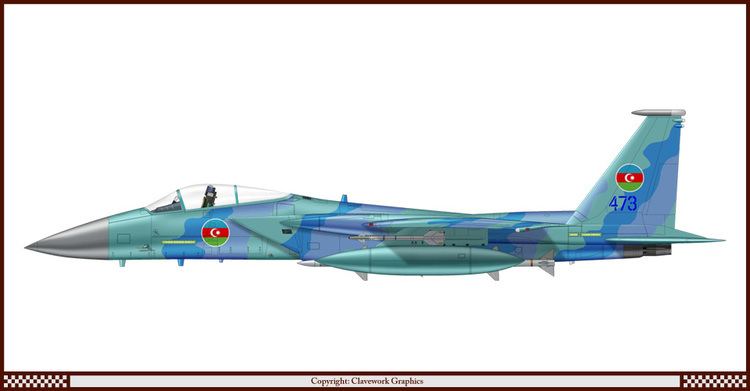 | ||
Active February 14, 1919– present Size 12,000 personnel, ~220 aircraft (IISS 2014) Headquarters Nasosnaya air base (in proximity of Sumqayit) Currentcommander Major General Ramiz Tahirov Similar Armenian Air Force, Azerbaijani Armed Forces, Azerbaijani Land Forces, Georgian Air Force, Belarusian Air Force | ||
The Azerbaijani Air and Air Defence Force often referred to as the Azerbaijani Air Force (Azerbaijani: Azərbaycan hərbi hava qüvvələri) is the air force and air defence force of the Azerbaijani Armed Forces.
Contents
- History
- Organization
- Air Defence Force
- Infrastructure
- Personnel
- Aircraft
- Future developments
- Air defense equipment
- Accidents and incidents
- References
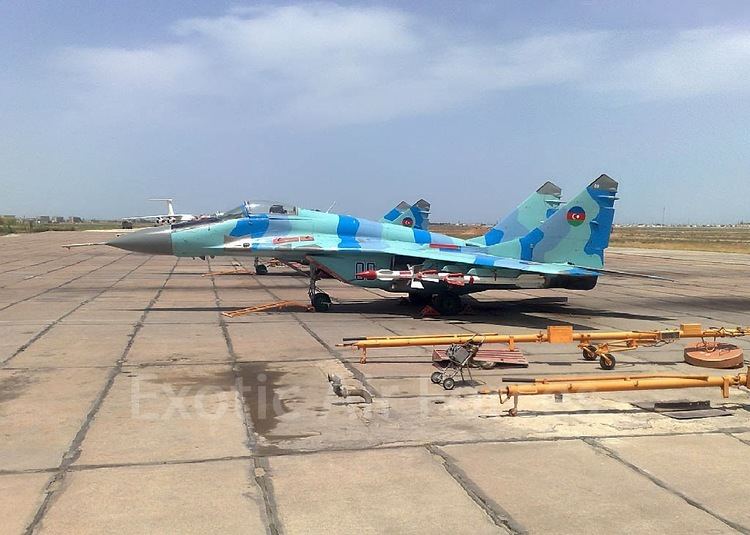
History
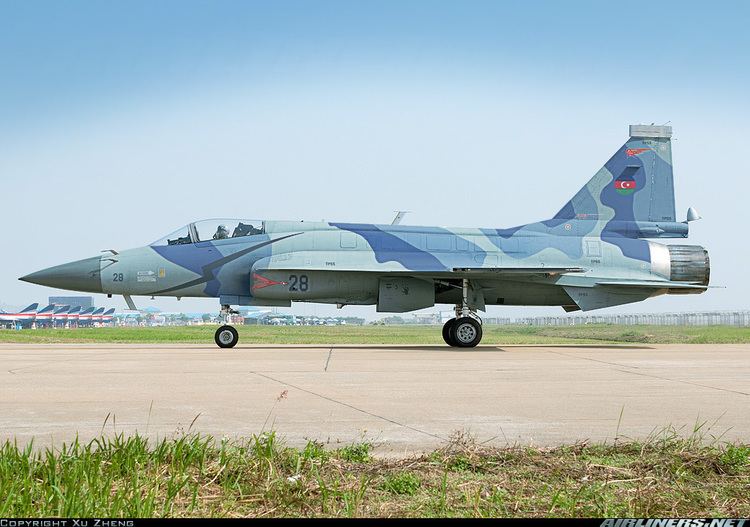
The roots of the current organisation go back to June 26, 1918, when the Azerbaijan Democratic Republic bought its first military aircraft. After independence in 1991, the presence of former Soviet air bases in Azerbaijan helped the Air and Air Defence Force develop.
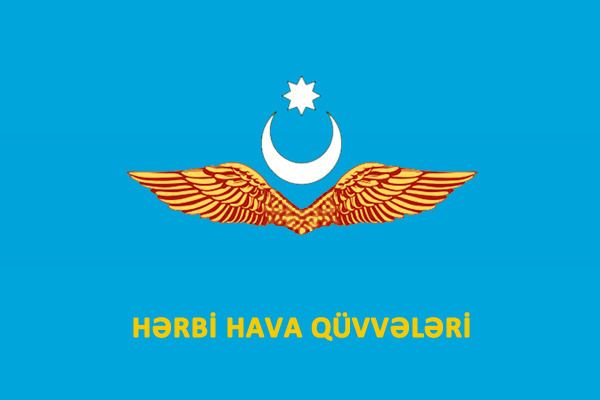
On February 11, 2009, the commanding officer of the Air Force, General Lieutenant Rail Rzayev was assassinated outside his home. Rzayev had been reportedly negotiating closer ties with the United States regarding air force modernisation before his death, possibly including the acquisition of US fighter aircraft. The post was vacant until another officer, Mehtiev, was appointed in December 2009.
Organization
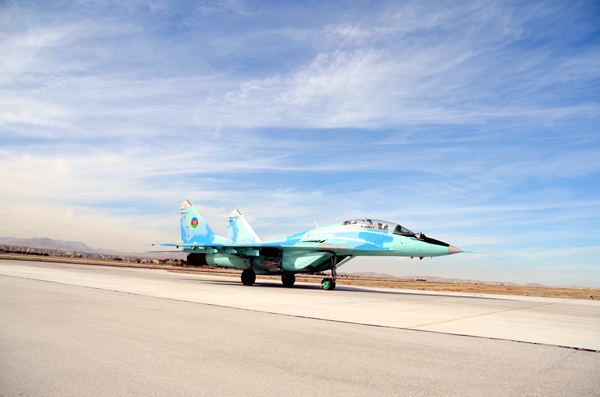
Brinkster.net reported in October 2004 that the Azeri Air and Air Defence Force comprised a fighter squadron at Nasosnaya Air Base with МiG-25PDs and training variants, a bomber aviation regiment at Kyurdamir with Su-17/24/25, MiG-21s, and L-29/39s, a transport aviation squadron at Ganja Airport with Il-76s(?), Аn-12/24, and Тu-134s, a helicopter squadron at Baku Kala Air Base with Мi-2/8/24s, two aircraft repair factories, and two air defence missile units. Other air bases include Dollyar Air Base (which Jane's Sentinel says is reported to be non-operational) Nakhichevan Airport in the Nakhichevan exclave, Sanqacal Air Base, and Sitalcay Air Base.
Air Defence Force
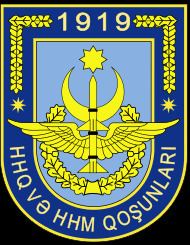
The Air Defence Force is a component of the Air and Air Defence Force of Azerbaijan. There are some installations of the Cold War era left by the Soviets in 1990.
Infrastructure
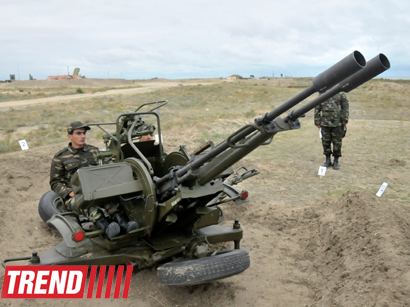
The United States is the most active participant in the modernisation of Air Force airfields. Airfields in Gala and the Nasosnaya Air Base near Haji Zeynalabidin settlement have been modernised with US support as part of the Azerbaijan-NATO Individual Partnership Action Plan. Special equipment were installed there to provide flight security. The starting command points, engineering control systems and engineering air force service were provided with new buildings. Negotiations over the modernisation of Kurdamir airfield are currently under way. An advanced Flight Control System has been installed at Dollyar Air Base with support from the United States.
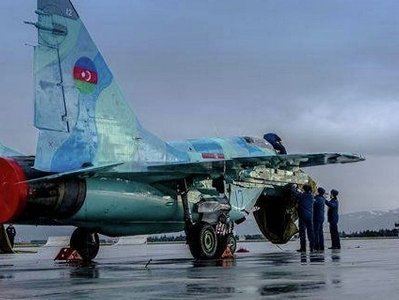
Since September 2008, Turkey has helped to modernise the Air Force central command headquarters. According to a Turkish-Azeri agreement, a NATO standard central command management center will be installed there. A great number of projects such as joint manufacture of unmanned aircraft will be implemented with Turkey in the near future.
The Gabala OTH Radar in Azerbaijan is operated by the Russian Space Forces. The radar station has a range of up to 6,000 kilometres (3,728 mi), and was designed to detect missile launches as far as from the Indian Ocean. It is not known whether Russia shares any of the radar's data with Azerbaijan.
In 2006, the US provided Azerbaijani military with additional radar installations. Plans were announced for the US to modernize one radar station near the Iranian border at Lerik and another near the border with Georgia at Agstafa. Joint work also commenced on two radar stations on the Russia-Azerbaijani border and Iran-Azerbaijani border to monitor Caspian Sea traffic.
Personnel
Azeri pilots are trained at the Azerbaijan Air Force School and then develop their skills further within their units. Azerbaijan has an experience exchange with Turkey, the United States, Ukraine, and a number of other NATO countries. Turkish Air Force School plays a great role in the training of military pilots. The Azerbaijani pilots are also trained in Ukraine's Pilot Training School.
Aircraft
The MiG-29 has been designated as the standard aircraft for the AzAF. In September–October 2010, Azerbaijan purchased 24 Mi-35M from Rostvertol. 8 of them have been delivered in the end of the first quarter of 2012 and four more in August 2012.
With the arrival of the MiG-29s, the Air Force appears to have retired the MiG-25 aircraft that it used to fly from Nasosnaya Air Base. IISS estimates in 2007 reported 26 as still in service; other figures previously placed the total as high as 38.
The Air Force retains in store L-29 and L-39 fighter training aircraft produced in the Czech Republic and Ukraine.
Azerbaijan also manufactures Israeli-designed spy planes. Among the licensed UAVs is the Orbiter-2M and the Aerostar. Both are manufactured at the government-owned Azad Systems Company plant near Baku. The head of the Defense Industry, Yaver Jamalov, said that by the end of 2011 a total of 60 UAVs will be produced.
Future developments
Jane's said in 2009 that 'efforts to acquire more modern hardware are understood to have been underway for several years, but funding constraints proved to be a stumbling block. Until quite recently, only limited success was achieved, with the most significant addition to the inventory being a handful of Su-25s that were obtained from Georgia in 2002. In 2007, however, Azerbaijan took delivery of the first of a substantial number of MiG-29 'Fulcrum' fighters. These are understood to have originated from disparate sources, including Belarus, Russia and Ukraine, with at least some having been overhauled at Odessa in Ukraine prior to delivery.
Air defense equipment
Azerbaijan has also a number of missile systems covering Azeri airspace. The NATO designated SA-2 Guideline (original name S-75 Dvina) has been installed around Baku and additional installations are near the border with Iran and Dagestan. Some are installed to defend against Armenian aircraft. In terms of numbers, the IISS reported in 2002 that Azerbaijan had 100 S-75 Dvina, S-125 Neva/Pechora, and S-200 systems. Among them are the medium range SA-4, for short range the SA-8 and the SA-13 mobile SAM and the ZSU23 Shilka vehicles to cover the armored forces against airstrikes. Azerbaijan has also lighter AA guns and shoulder-launched SAMs varying quality.
In 2009 Azerbaijan's Defence Ministry signed a contract with Russia's Rosoboronexport company to buy two battalions of S-300 PMU-2 "Favorit".
In January 2012, Azerbaijan and Israel signed a $1.6 billion deal that includes anti-aircraft and missile defense systems.
